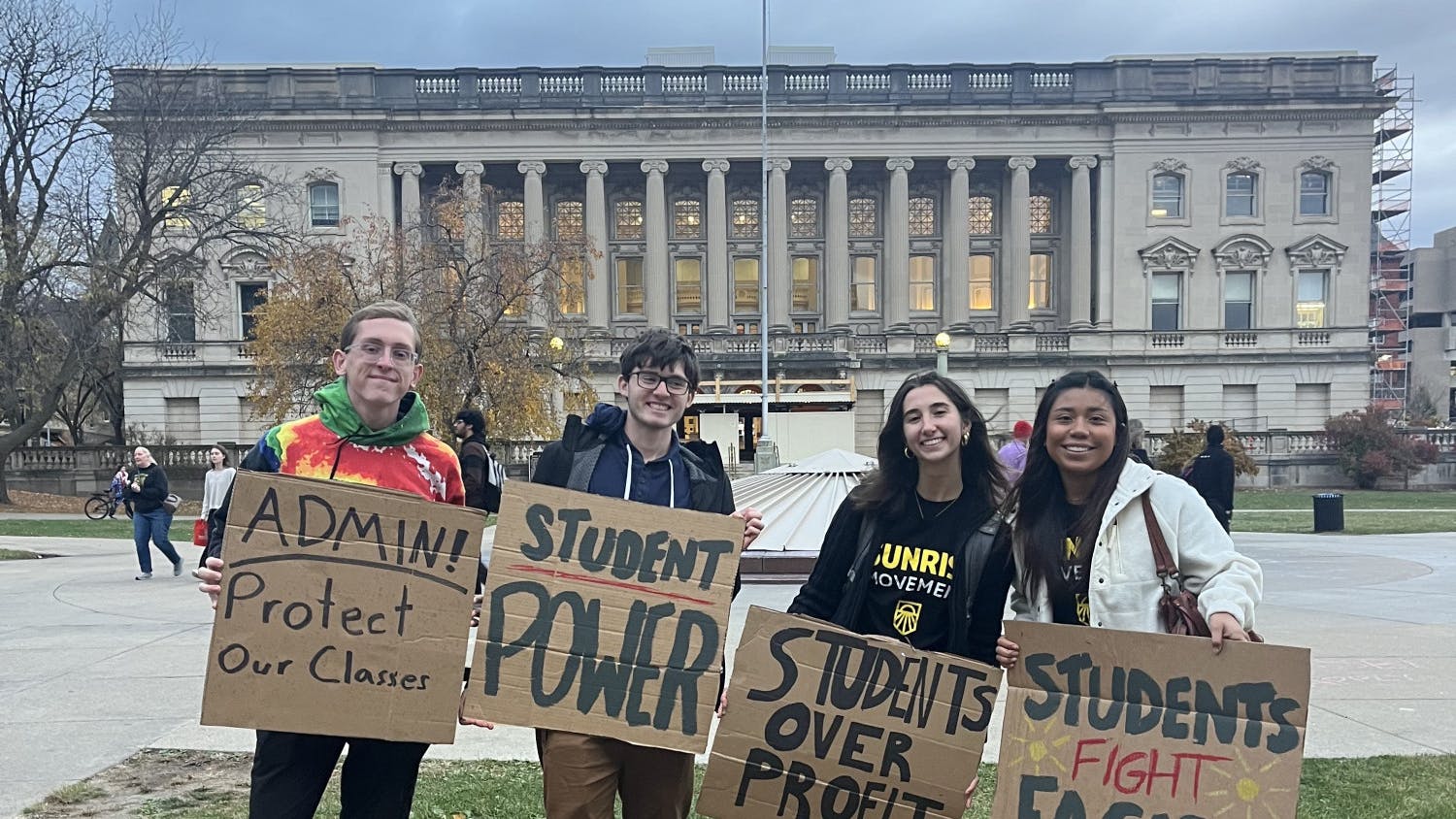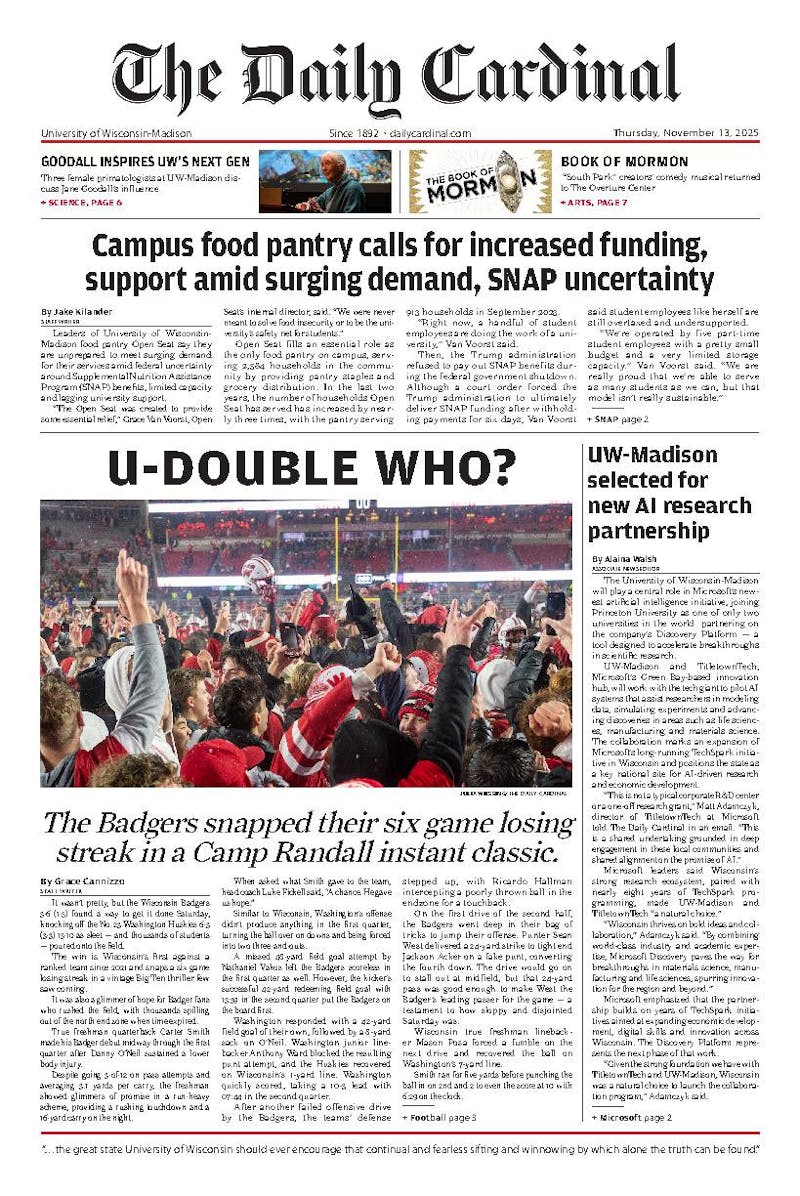The destruction of the tropical rainforest has been occurring in the Amazon for decades. Now scientists say the drastic changes to the landscape may be hazardous to human health as the area becomes more hospitable for the mosquito that carries malaria.
A study published last month in the American Journal of Tropical Medicine and Hygiene reported that a type of malaria-transmitting mosquito, known as Anopheles darlingi, is 278 times more likely to bite people in a heavily deforested area than in the jungle.
According to Amy Vittor, lead author of the study, the vegetative changes that follow deforestation create 'optimal conditions for the breeding of mosquitoes with malaria.'
Vittor's study reported that the A. darlingi mosquito is 'the primary malaria vector in the Amazon' and prefers to feed on humans. The study, which Vittor led while at Johns Hopkins University, took place in the Peruvian Amazon.
According to Vittor, most of the deforestation in the Peruvian Amazon has been due to subsistence agriculture, where locals slash and burn the forest to grow crops like plantain and cassava. After approximately five years, the land is often abandoned, and shrubs and other secondary growth take over.
Since A. darlingi prefers to live and breed in farmland and shrubby areas, its numbers are increasing as more of the forest is cut down. Vittor said other species of mosquito prefer the jungle or are equally present in forested and deforested areas. A. darlingi, however, seems to be 'newly emerged' in the studied region, and its numbers are increasing.
Malaria has also been on the rise in recent years. According to Vittor, the major epidemic has passed, but in the late 1990s cases of malaria skyrocketed.
She said the deforestation of the area 'may have contributed [to the malaria epidemic], it may have caused it. But certainly, I think it's aggravating the situation.'
Jonathan Patz, UW-Madison professor of environmental studies and population health, coauthored the study while at Johns Hopkins University. Patz said addressing the increased risk of malaria transmission requires an approach that addresses the changes to the landscape as well.
'Based on the linkages between deforestation and malaria risks,' Patz said, 'it says conservation policy and public health policy are one and the same in the Amazon.'
Conserving a certain percentage of the forest could help prevent malaria risks from rising. If scientists can identify thresholds in deforestation across which malaria risks rise markedly, 'then we'll try to make recommendations for safe practices in development.'
For example, the study indicated that when more than 25 to 30 percent of the jungle is cut down, 'the biting rate of this mosquito that carries malaria increases significantly.' In order to reduce the risks of inhabitants contracting malaria, land use plans could recommend keeping the area 70 percent forested.
'We don't want to be insensitive to the need for economic development,' Patz said. 'But the key is, can we find a strategic balance between the need to clear forests for economic and development purposes, and the need to preserve forests for both biodiversity and public health reasons.'





